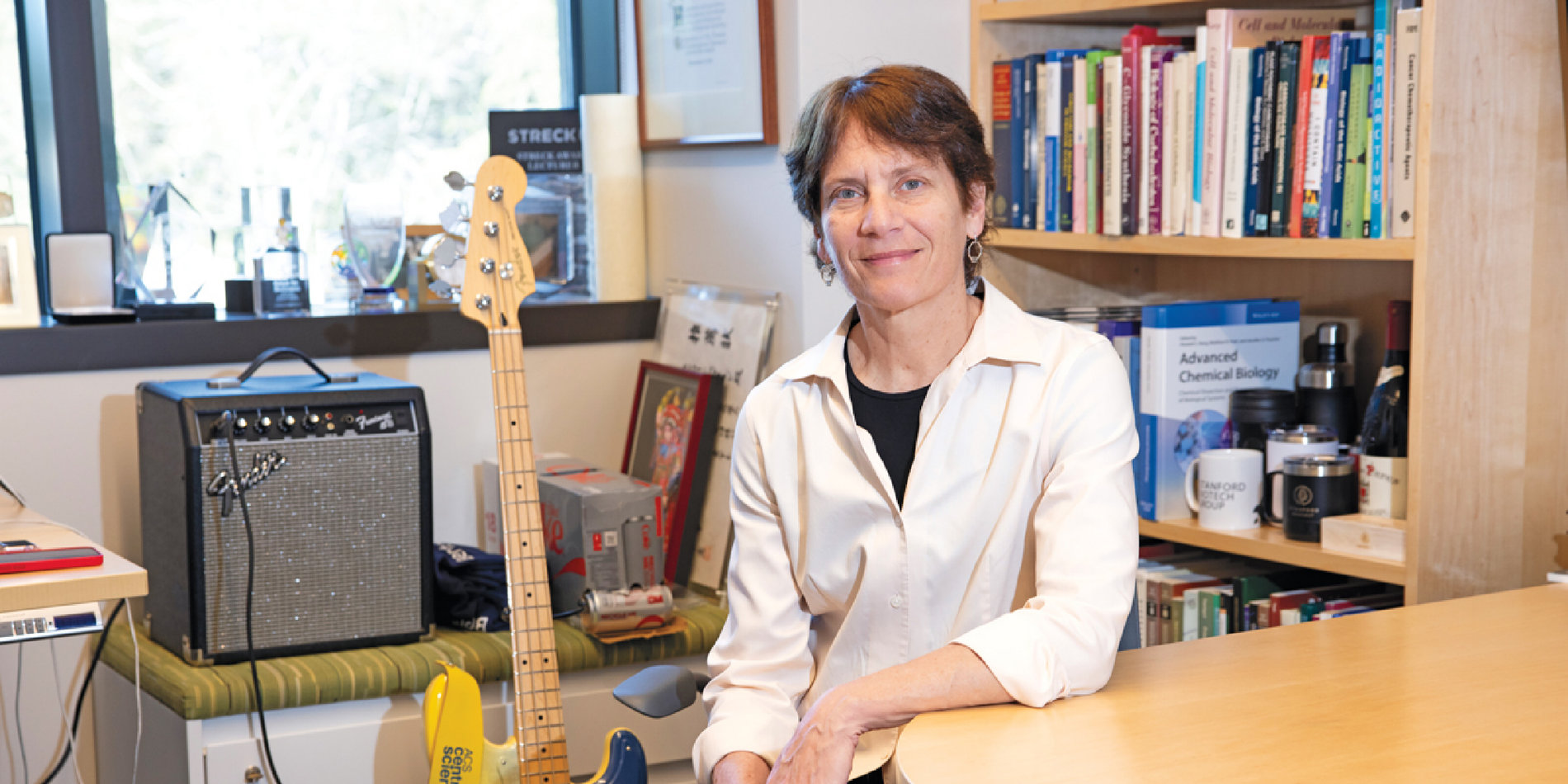Lei Stanley Qi to join Stanford ChEM-H
Qi combines a background in engineering, quantitative biology, and a curiosity about the human genome in his work developing technologies that open up new ways of controlling and therefore understanding how the genome functions.

This engineering focus on human biology makes Qi a good fit for Stanford ChEM-H, said Chaitan Khosla, the institute’s director and also professor of chemistry and chemical engineering. ChEM-H combines chemistry, engineering and medicine to improve human health.
"Stanley is an exceptionally creative molecular bioengineer with intellectual breadth that captures the spirit of Stanford ChEM-H,” said Khosla, who is also Wells H. Rauser and Harold M. Petiprin professor in the school of engineering. “He develops and harnesses innovative methods with a strategic purpose that aligns beautifully with the Institute's human-centric mission.”
Qi said Stanford’s reputation for collaborative work across basic science, engineering and medicine was part of the university’s appeal. “The ability to work closely with other ChEM-H faculty is very attractive,” he said. “To be able to learn from them will dramatically help my future research.”
Qi began his career in physics at the University of California, Berkeley, then switched to bioengineering after learning about advances in engineering cells as programmable machines. As a graduate student Qi studied the use of RNAs in microbial engineering and synthetic biology. “These noncoding RNAs provide a powerful tool that can sense cellular or environmental signals, regulate gene expression, and form complex networks to control cell decisions.”
Qi joined the UCSF Center for Systems and Synthetic Biology as a fellow in 2012, where his lab has worked on developing tools for selectively manipulating the genome. These kinds of genome engineering tools allow scientists to deactivate or activate genes and then watch the biological changes that take place within the mammalian cell. This is a valuable way of learning about the causal function of genes that might be involved in particular diseases, or of dissecting biological processes.
Qi’s work has focused on modifying the bacterial genetic immune system called CRISPR to be a tool for studying and manipulating the genome. He invented a way of using CRISPR to regulate which genes are turned on and off within cells, which he called CRISPRi. He also used CRISPR as a novel technique of imaging live cells. Qi’s lab also developed a programmable way of perturbing large-scale gene expression using CRISPR. “Using RNA lets us create a library to manipulate essentially every gene in the genome to understand how these genes cause disease,” Qi said. “It also allows us to control several genes at once to understand interaction between these players.”
“The techniques we’ve been developing allow us to understand biological question and to further develop new therapeutic approaches,” Qi said.
In additional to building these tools, Qi has been applying them to discover the networks of genes involved in proliferating stem cells or that in directing stem cells mature into cells of the body like liver, heart or nerves.
Qi’s work earned him an NIH Director’s Early Independence Award in 2013, which rewards high risk, high reward work by allowing young scientists to begin independent research labs without requiring a post-doctoral training period.
At Stanford Qi expects to continue developing new tools to understand the genome and also build collaborations with Stanford faculty to understand the human biology in health and disease.



